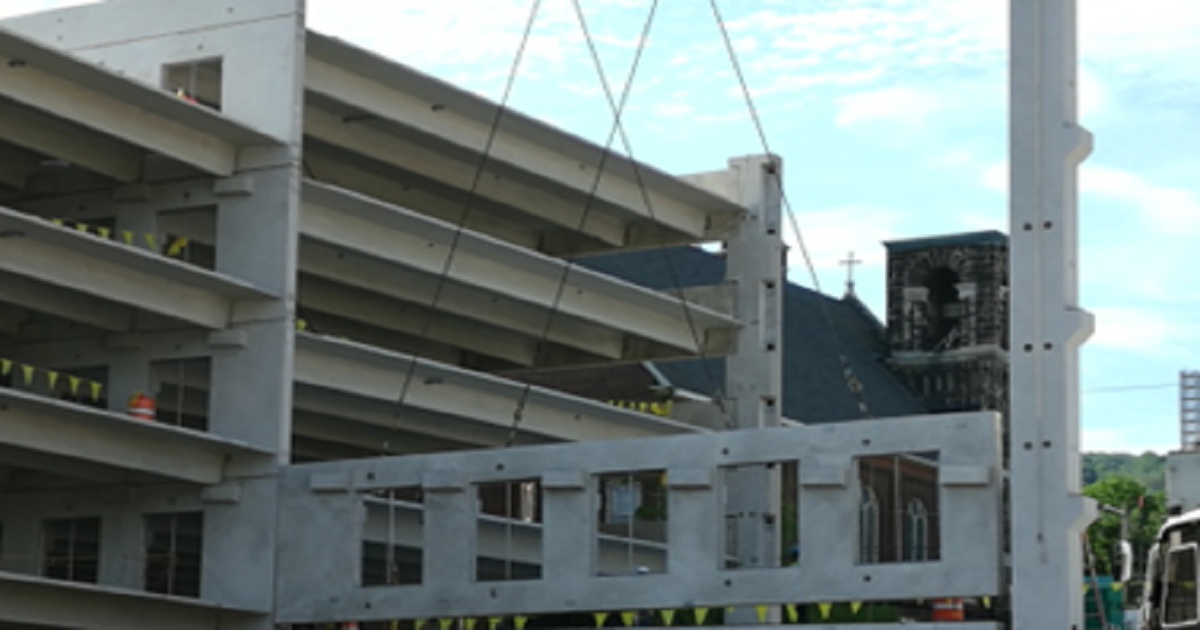- 3.1Impact Factor
- 4.4CiteScore
- 15 daysTime to First Decision
Reinforced Concrete Buildings
This special issue belongs to the section “Building Structures“.
Special Issue Information
Dear Colleagues,
As the most widely used building material, concrete has the characteristics of simple processing, low production cost, and convenient application; however, its weight, low strength, and large consumption of natural resources influence and limit its scope of use. With the development of the social economy, engineering structures are developing to become higher, stronger, and more environmentally friendly, and people have higher requirements for concrete strength and performance. Therefore, ultra-high-performance concrete, which can improve the service life of concrete, save natural resources and meet the needs of modern engineering, has become a research hotspot in recent years. Therefore, seismic performance, progressive collapse behavior, and bonding performance should be studied to form a relatively mature design theory and promote the application of ultra-high-performance concrete in building structures.
The primary purpose of this Special Issue is to collect and discuss the latest research on concrete in the field of building structures, including but not limited to experimental research, theoretical analysis, and finite element analysis.
Prof. Dr. Yuan Huang
Dr. Huzhi Zhang
Dr. Hui Chen
Guest Editors
Manuscript Submission Information
Manuscripts should be submitted online at www.mdpi.com by registering and logging in to this website. Once you are registered, click here to go to the submission form. Manuscripts can be submitted until the deadline. All submissions that pass pre-check are peer-reviewed. Accepted papers will be published continuously in the journal (as soon as accepted) and will be listed together on the special issue website. Research articles, review articles as well as short communications are invited. For planned papers, a title and short abstract (about 250 words) can be sent to the Editorial Office for assessment.
Submitted manuscripts should not have been published previously, nor be under consideration for publication elsewhere (except conference proceedings papers). All manuscripts are thoroughly refereed through a single-blind peer-review process. A guide for authors and other relevant information for submission of manuscripts is available on the Instructions for Authors page. Buildings is an international peer-reviewed open access semimonthly journal published by MDPI.
Please visit the Instructions for Authors page before submitting a manuscript. The Article Processing Charge (APC) for publication in this open access journal is 2600 CHF (Swiss Francs). Submitted papers should be well formatted and use good English. Authors may use MDPI's English editing service prior to publication or during author revisions.
Keywords
- reinforced concrete buildings
- precast concrete structures
- steel-concrete composite structures
- ultra-high-performance concrete
- bond property
- seismic design
- finite element analysis

Benefits of Publishing in a Special Issue
- Ease of navigation: Grouping papers by topic helps scholars navigate broad scope journals more efficiently.
- Greater discoverability: Special Issues support the reach and impact of scientific research. Articles in Special Issues are more discoverable and cited more frequently.
- Expansion of research network: Special Issues facilitate connections among authors, fostering scientific collaborations.
- External promotion: Articles in Special Issues are often promoted through the journal's social media, increasing their visibility.
- e-Book format: Special Issues with more than 10 articles can be published as dedicated e-books, ensuring wide and rapid dissemination.

